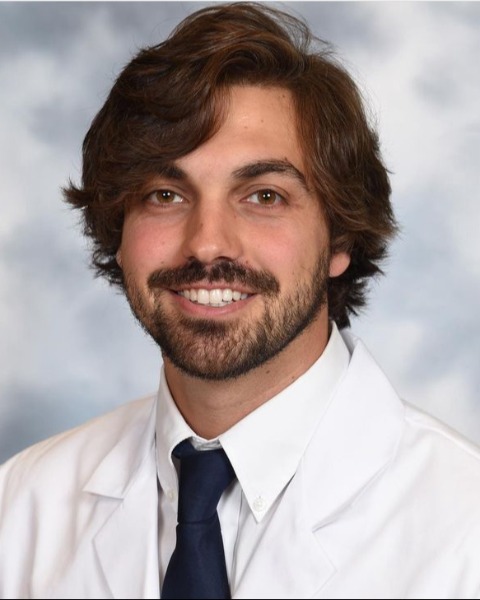Thyroid
(6.13) Therapeutic Plasma Exchange and Thyroidectomy for Medical Refractory Thyroid Storm

Maher Ghawji, MD (he/him/his)
Endocrine Fellow
UTHSC Endocrinology
Collierville, Tennessee, United States
Submitter(s)
Thyroid storm is a severe manifestation of thyrotoxicosis that is defined by hyperthyroidism with multi-organ failure specifically with neurological and cardiovascular compromise. Typical treatment revolves around decreasing thyroid hormone production and peripheral conversion of T4 to T3, which includes thionamides, Beta-blockers, Iodine, and if needed cholestyramine/glucocorticoids. Plasmapharesis +/- thyroidectomy is not an ATA recommended practice but can be considered in individual cases. Multiple case reports have been published showing successful resolution with plasmapheresis and surgery if medical management failed or in cases of iodine-induced storms. Here, we present a patient in thyroid storm with history of untreated Graves complicated with iodine-induced disease.
Case(s) Description :
A 49 year-old male with Graves disease presented to the hospital for motor vehicle accident resulting in multiple traumatic fractures. Upon arrival, he was in clinical heart failure and in A-fib with RVR that was treated with an amiodarone drip. He underwent multiple CT angiograms to evaluate his fractures. Twenty-four hours into admission, he was found to have suppressed TSH and elevated free thyroid hormones. Appropriate treatment for thyroid storm was started; however, his ICU course quickly declined with severe Upper GI bleed, intubation and later tracheostomy for airway protection due to AMS, and difficult to control Atrial Fibrillation. Initially, medical management appeared to be sufficient; however, when attempting to wean off medications such as glucocorticoids, iodine and cholestyramine, his thyroid function started to worsen. Despite attempting to restart full therapy, he continued to deteriorate. It was then decided that we would pursue plasmapharesis with ultimate plans for urgent thyroidectomy with ENT. He underwent 5 total sessions of plasmapheresis with nearly 70% total drop in hormones followed by a total thyroidectomy without complications. Although he did develop presumed catheter associated blood stream infection, it did resolve after antibiotics and central line removal. He was ultimately discharged to physical therapy for ongoing rehab
Discussion :
There are currently no ATA guideline recommendations for Plasmapheresis and thyroidectomy for thyroid storm. It is considered to be an individualized approach that a physician should pursue if deemed appropriate. Perhaps, plasmapharesis +/- thyroidectomy after medical treatment failure should be considered in each patient, especially earlier in disease course.
